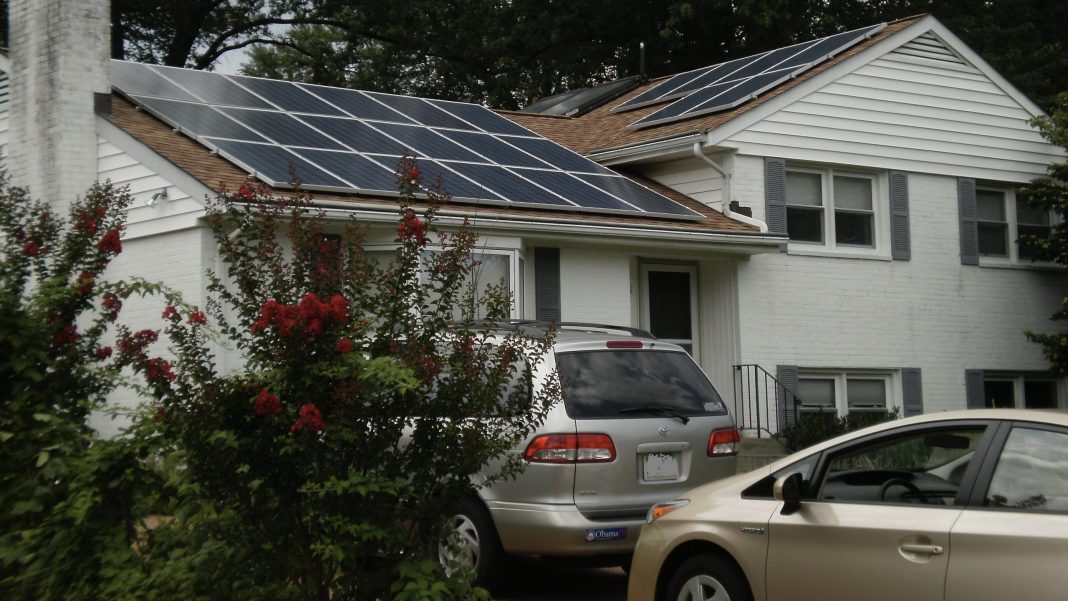For decades, electricity has been produced at large power plants and then sent to homes and businesses.
But as rooftop solar and other renewable sources expand, energy can be generated all over.
Nemtzow: “For the first time, we can take distributed energy resources, which have been around for many years, but we can organize them to act like power plants.”
David Nemtzow is with the U.S. Department of Energy.
A so-called virtual power plant can be operated by a traditional utility. It can include solar panels, car batteries, WiFi-enabled devices like thermostats, and more, all linked together in a network. This allows the utility to manage these resources together to balance the overall supply and demand of energy.
When more energy is produced than needed, cars can charge up and air conditioners can run full-blast.
But when demand is high, smart devices can limit energy use — for example, by slightly turning down the AC — and batteries can send power back to the grid.
These automatic adjustments are implemented carefully.
Nemtzow: “The secret is to make it so that the consumer doesn’t notice.”
So by pooling resources, virtual power plants could help ensure there’s always enough energy — without relying on fossil fuel power plants.
Reporting credit: Ethan Freedman / ChavoBart Digital Media
We help millions of people understand climate change and what to do about it. Help us reach even more people like you.


